When Cynthia Talmadge is not painting, she’s translating her concepts into full scale sets or designing clothes. In the heart of Dumbo where her studio is located, we talked about navigating through her different modes of working from sand paintings to building a fake rehab center room. Her work was featured at and her collaboration with Kevin Zucker was recently featured in ‘Being Paul Schrader’ at .
CT: I’ve been making paintings entirely out of colored sand. The one I’m working on now is probably called Divorced and Selling the Beach House. The sand paintings are all still lifes, but I want them to look as much like prop tables for the sets of seedy movies as art historical still life setups. The collections of things are always over the top, full of theatrical angst or sentimental to the point of ridiculousness- bathos- but maybe, hopefully, they take the melodrama so far that it comes around again to the viewer feeling genuine empathy with whoever’s stuff is being depicted. So this painting has a bay window looking out over moonlight on the water, framed by curtains; the centerpiece is a ship in a bottle but there’s a recently sawed-off shotgun, an open but empty safe, kleenex, a subpoena, and so on.
F: And the color is coming from the sand?
CT: Yes. I dye the sand to get specific colors or mix different proportions of already colored sand; I have this process where I use adhesives and a vinyl cutter to make them from Illustrator drawings. The process is more mediated, but to me it seems like a natural progression from the pointillist paintings I was making before.
F: Why are you interested in sand as a material?
CT: While I’m making these sad sand paintings I’m also building this set in my studio for a series of four photographs- one for each season- of heavily styled rooms at different fancy rehabs. I’m approaching it sort of like a photo editorial from an upscale interior design magazine targeted to the addicted or mentally ill; sourcing fabrics, picking paint swatches, self-help books, and objets d’art therapy. I think it’s dark and funny the way these facilities have class connotations and are seen as status symbols- aspects of a lifestyle, to be chosen the same way one might pick a handbag or a couch. US News could do a companion issue to their college rankings. So I made that literal: “Sierra Tucson is the can’t-miss destination for Summer ’14″; “Hazelden for the Holidays.”
F: After you build each “set,” you go on to shoot it as a design product, a space where someone would eventually stay?
CT: Yeah. It might even be perversely aspirational on my part: I don’t have health insurance, but if I did I might want to spend 28-32 days at Promises Malibu. Of course there’s the whole history of romantic or sentimental views on or from these sorts of institutions- Ciao Manhattan, Joan Didion, on and on- and I’m trying to address how seductive those aesthetics are, indulging them while keeping a sense of humor (dark, I guess) about it.
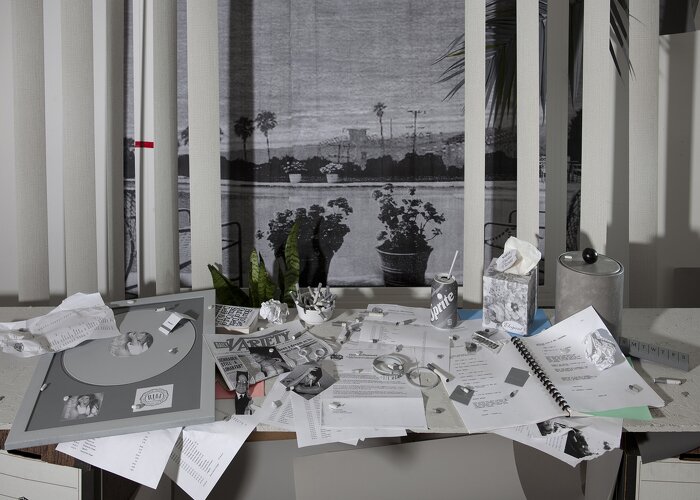
“We don’t Have to Save Her, We Just Have to Get Her Through Three Weeks in July, 2013″ Collaboration between Cynthia Talmadge and Kevin Zucker. Courtesy of the artist.
F: [The institutions] have this unique problem where they’re selling it to someone that is not necessarily going to buy it. They’re selling to the [psychiatrist or] parents of the person that’s going there.
CT: If you go to their websites, the marketing is sort of half-lifestyle, half mental-health. I’m not particularly critical of the programs’ approaches- they’ve helped tons of people- but the aesthetics are really confused. I’ve been around a certain amount of this stuff in my life, and the disconnect between the package that’s presented and the personal experiences is extreme. Never mind the literary or movie translations or the way Promises in Malibu is presented on TMZ or whatever, where it’s just one part of a whole package you’re supposed to desire. That tension between internal experience and the way it’s represented publicly is interesting to me, as is the sense of fraudulence when lived experience does align with the cliche. I’m working on another series of sculptures- four of them, called, respectively, “Actresses Crying in Real Life,” “Actresses Crying on Cue,” “Actresses Crying on Cue in Real Life,” and “Actresses Crying for Real on Cue”; It’s kind of like that.


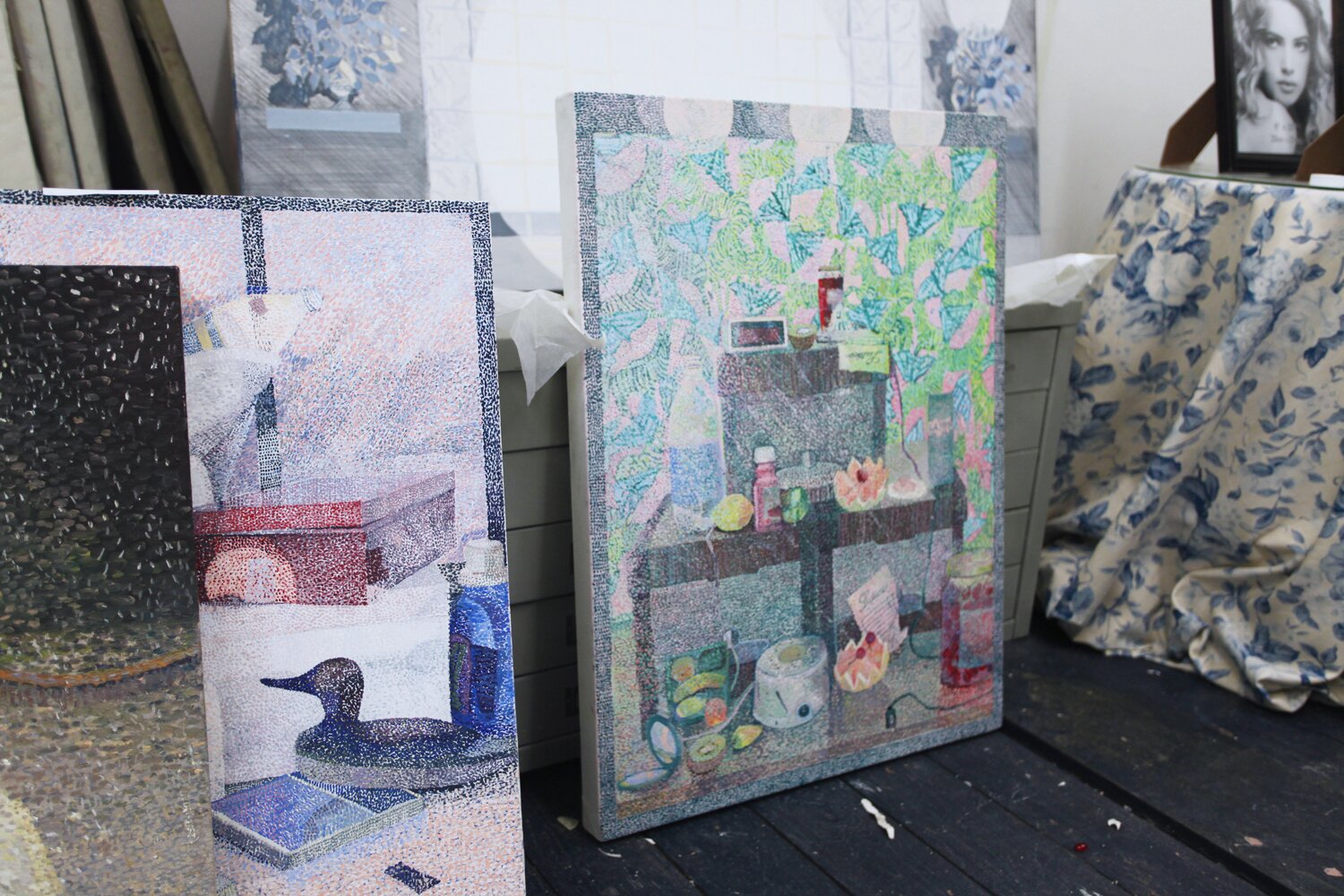
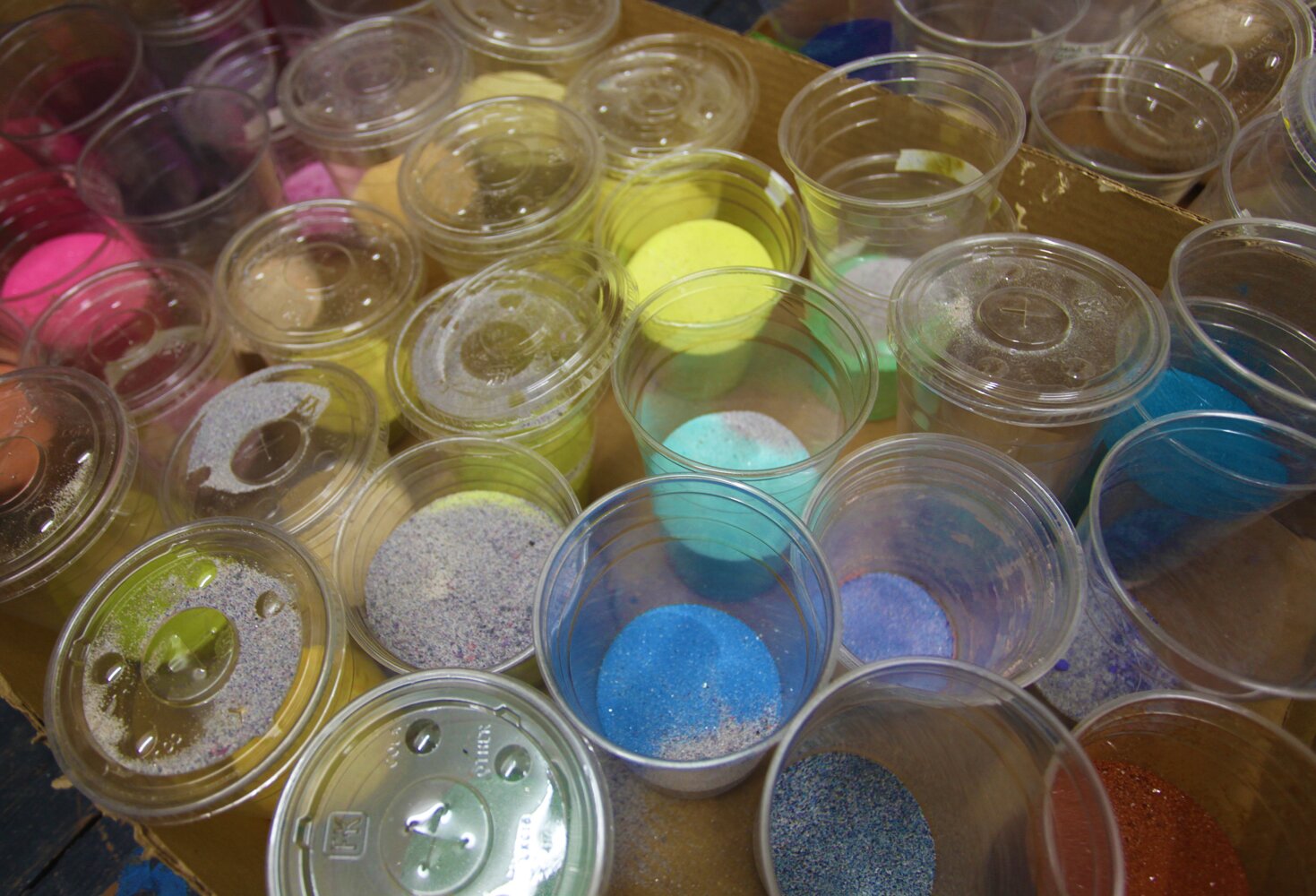
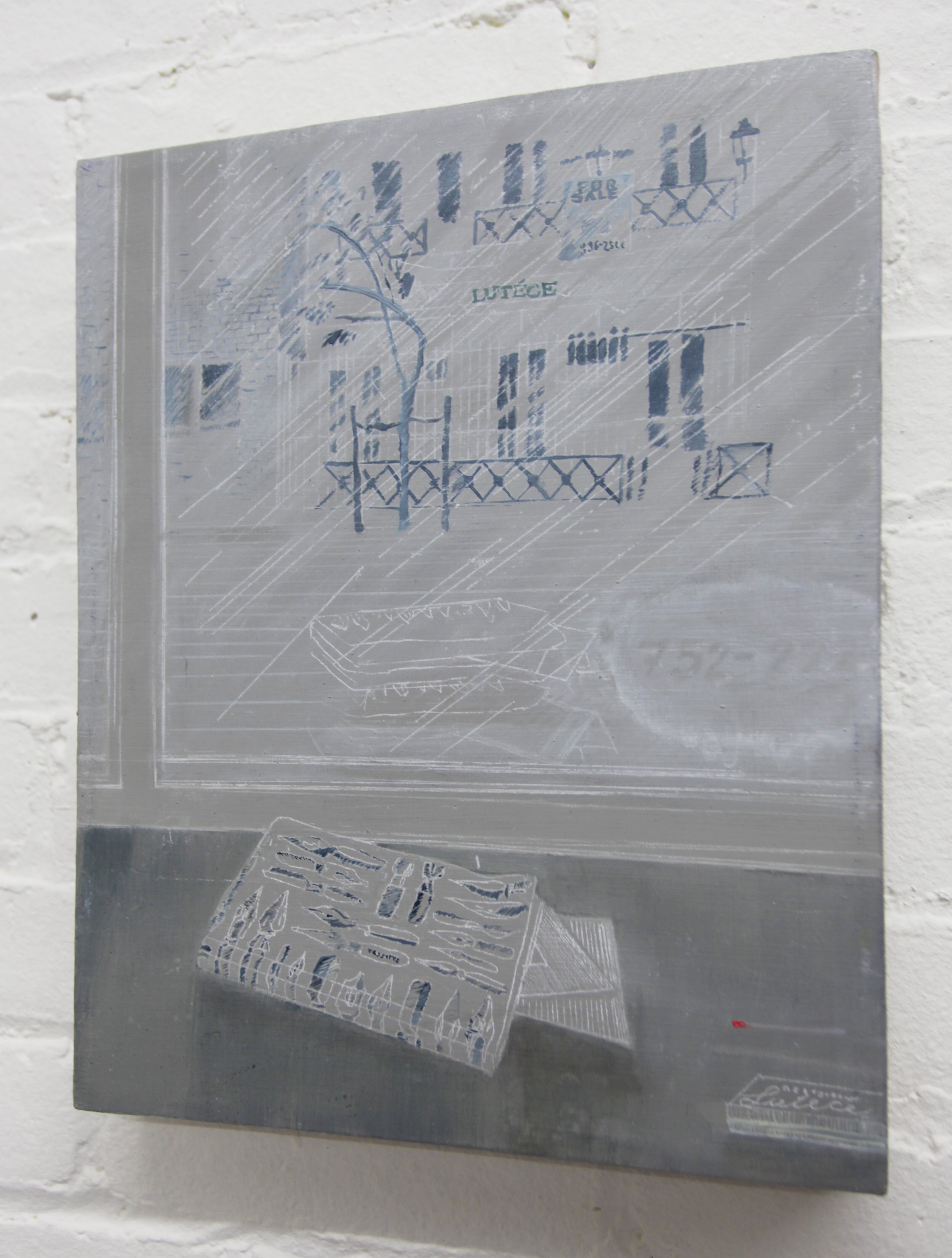
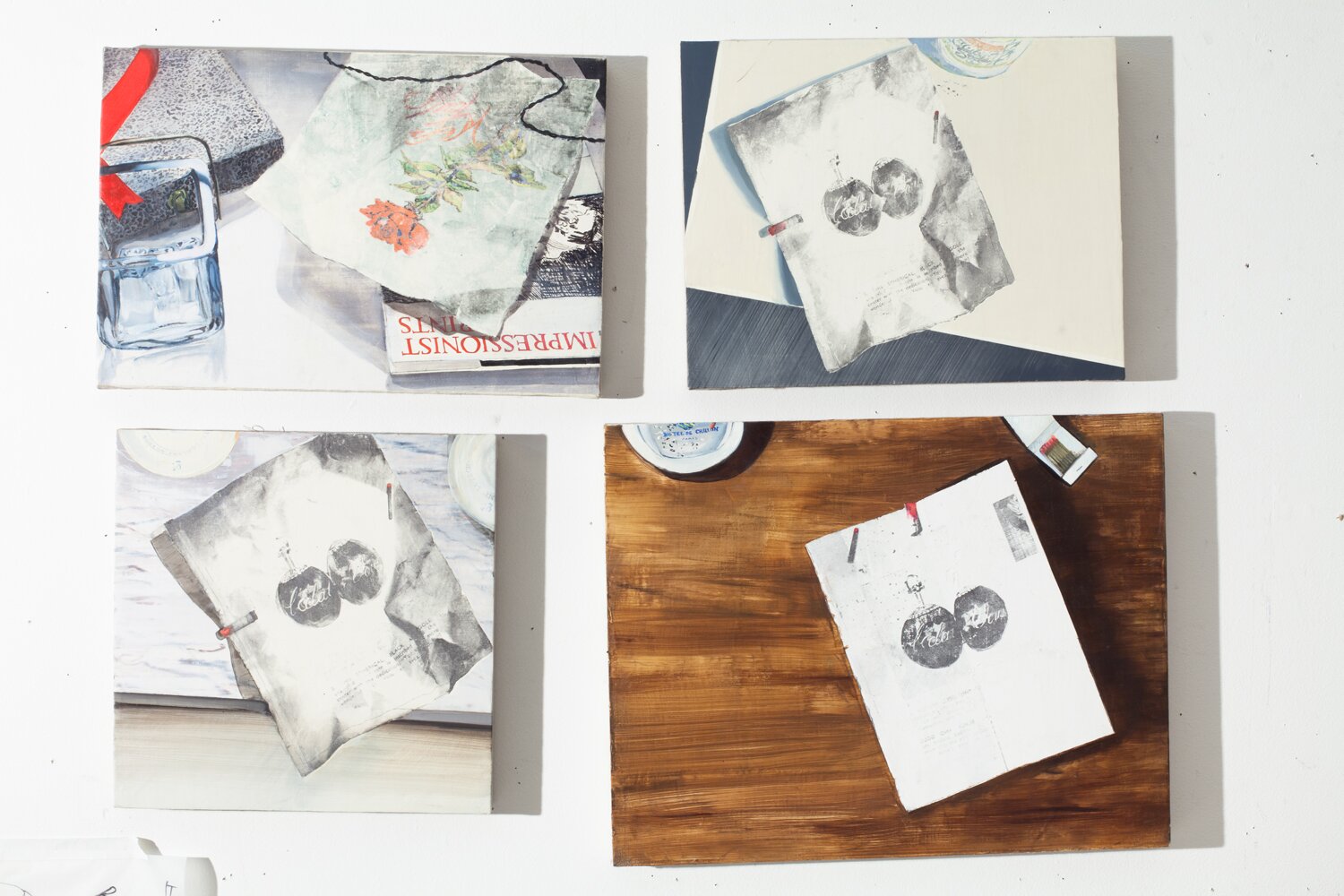
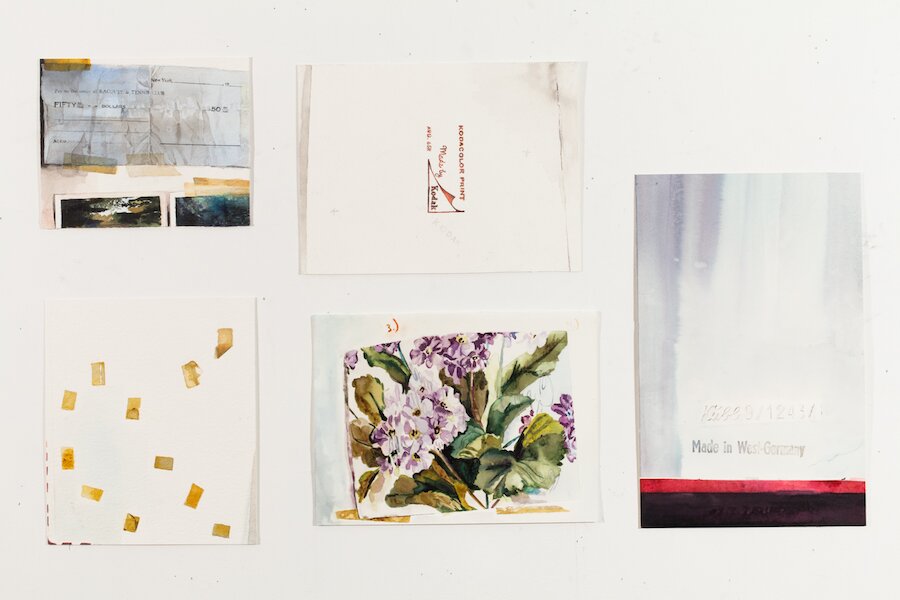
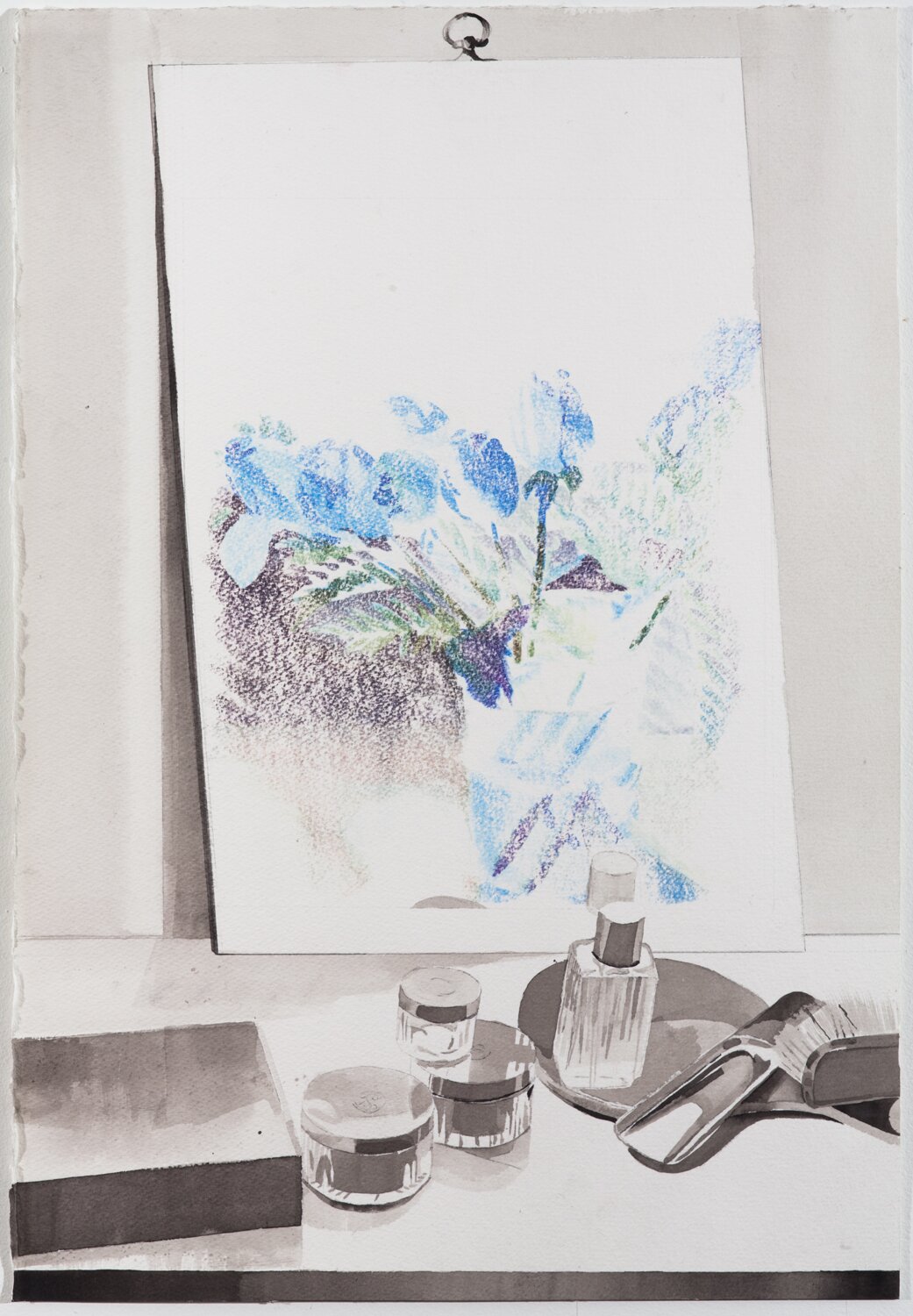
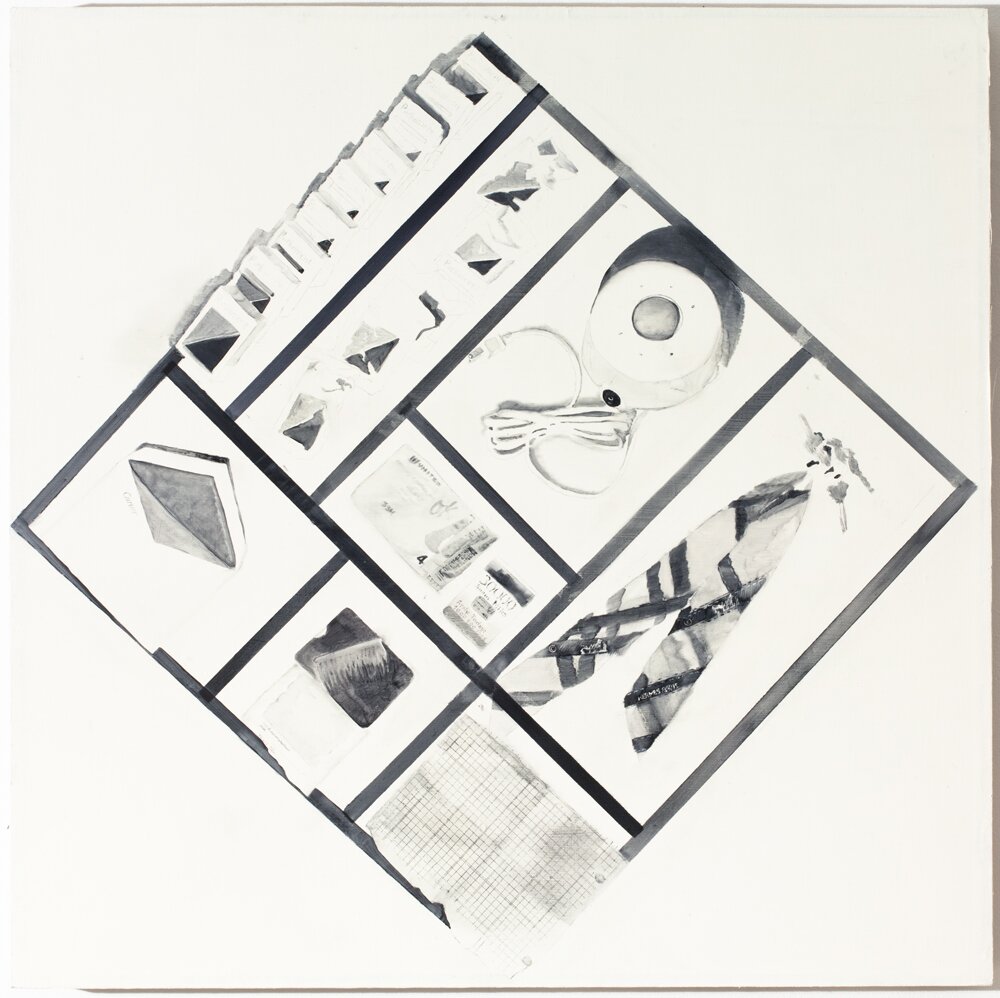
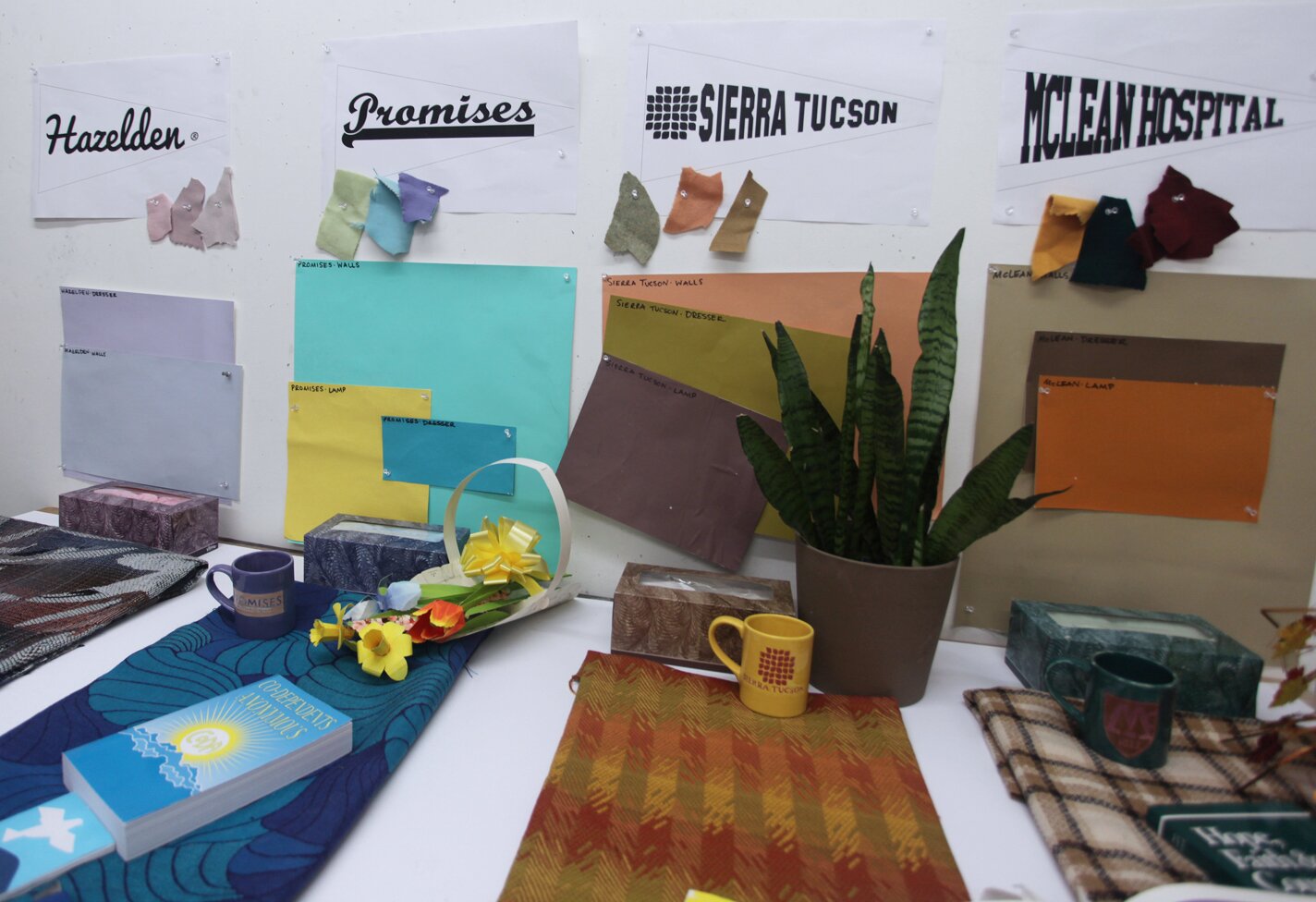

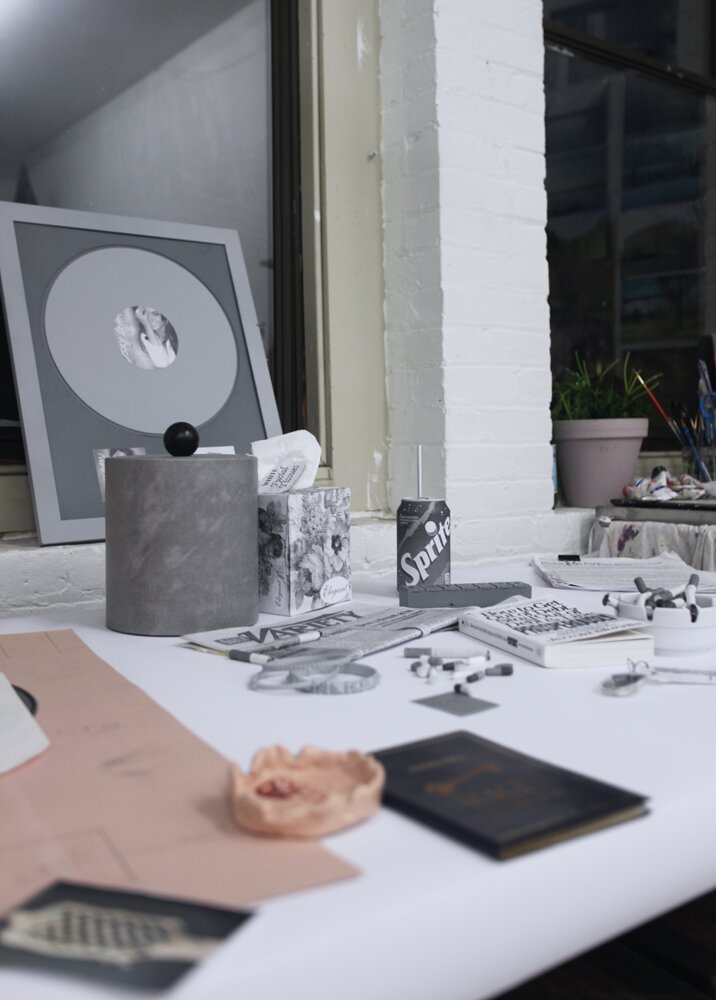
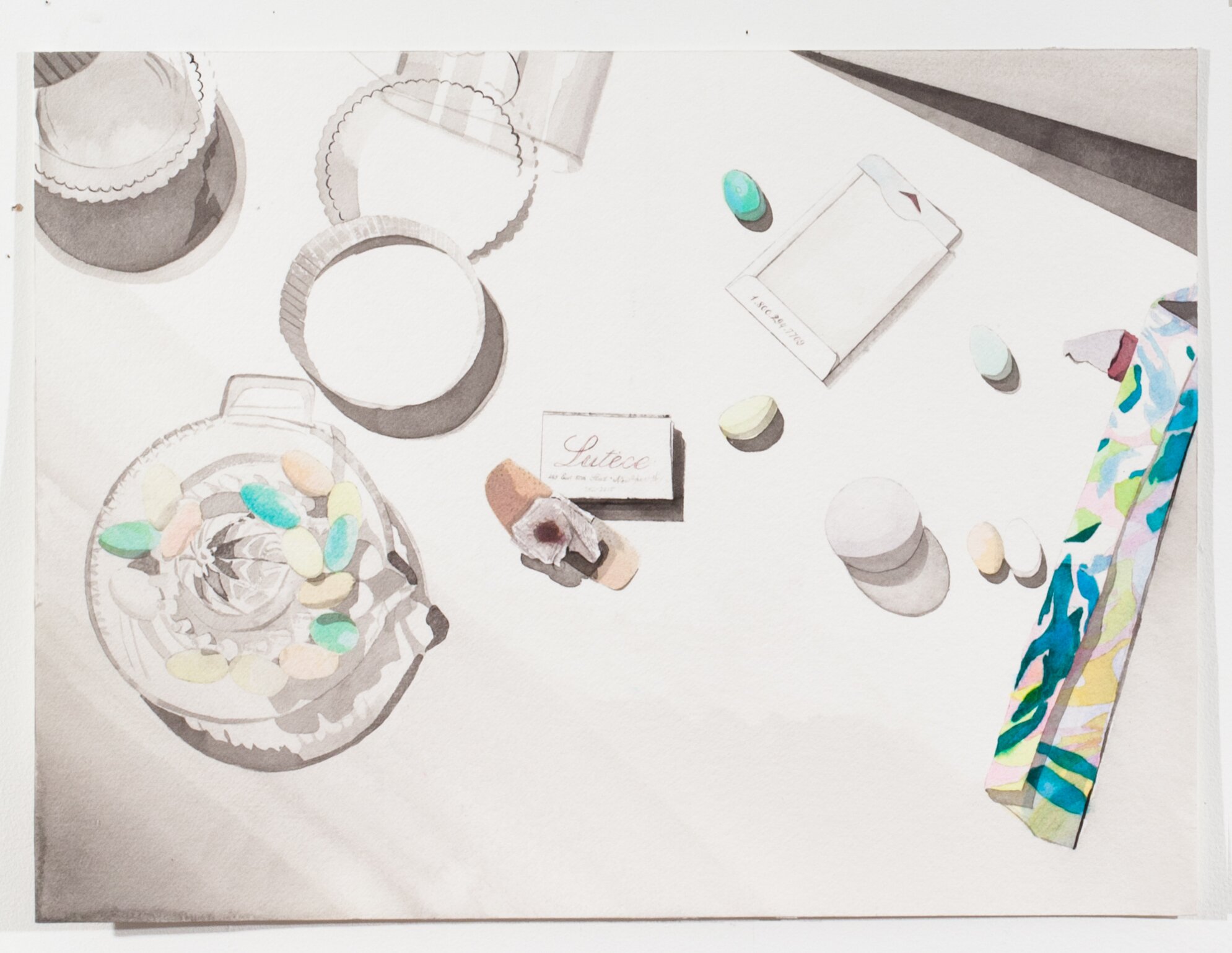
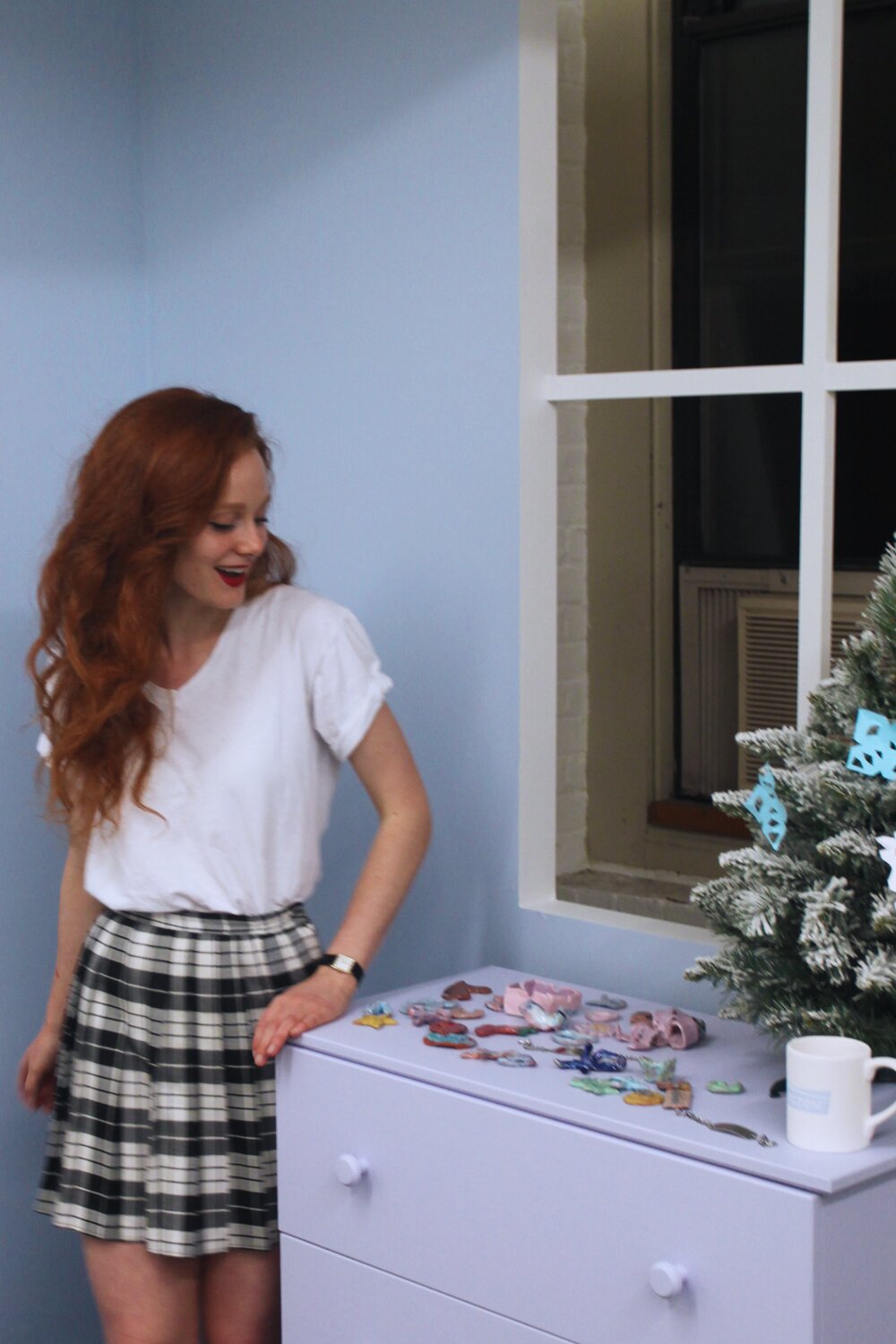




Pingback: